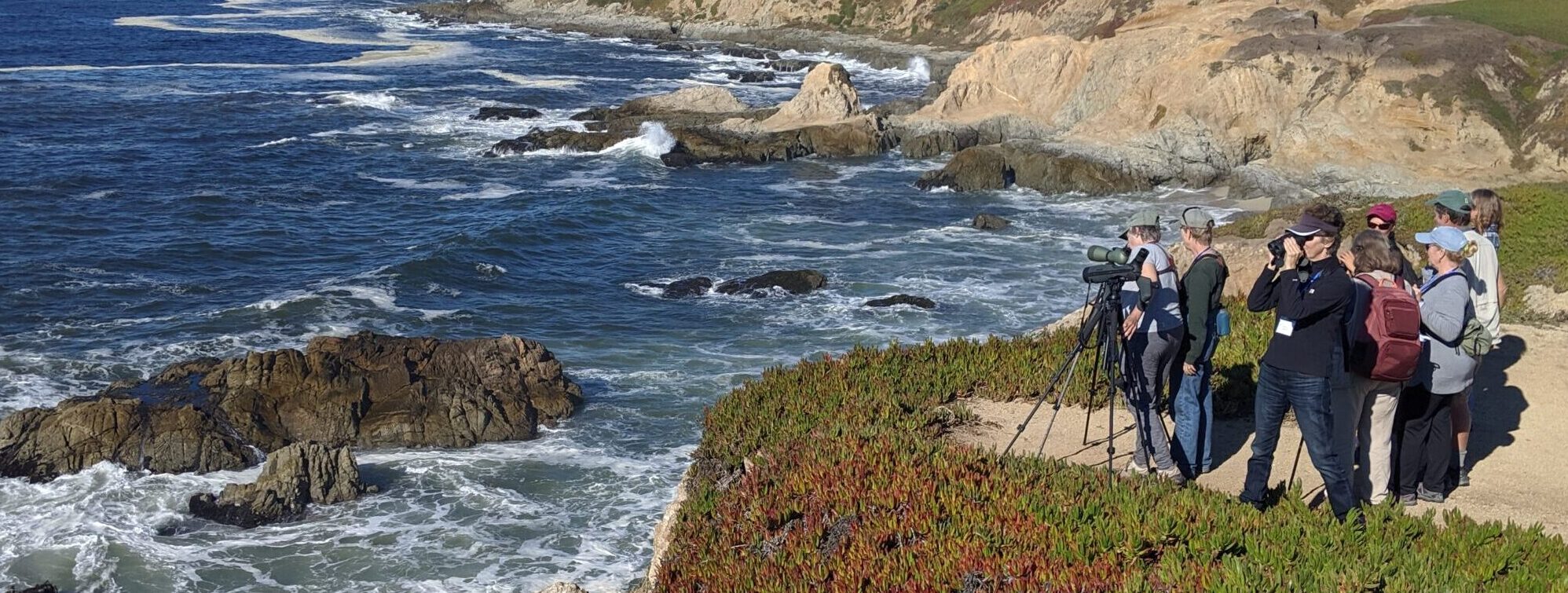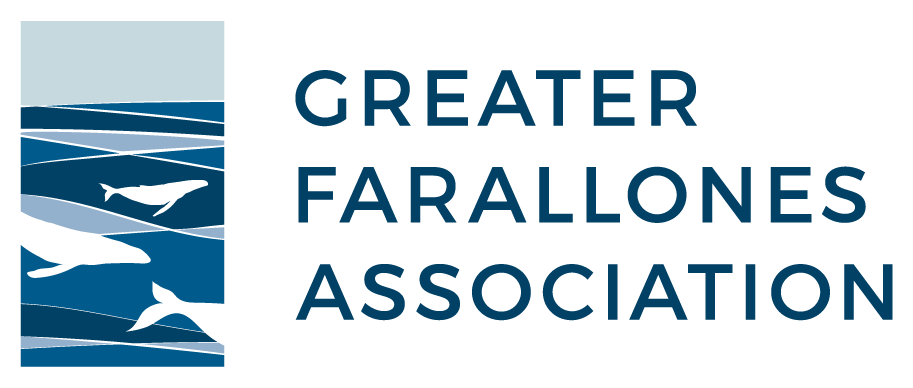Beach Watch

Beach Watch is a long-term shoreline monitoring project which was founded in 1993 by Greater Farallones National Marine Sanctuary. A program of the Greater Farallones Association, this year-round ecosystem assessment program is conducted by dedicated community volunteers who regularly survey over 50 beaches along the shores of Greater Farallones and Monterey Bay national marine sanctuaries.
Through this valuable program, data are provided to federal, state, and regional marine and estuarine natural resources agencies, providing information on the abundance and distribution of coastal birds and mammals, human activities, beach wrack relative abundance, oil pollution, and wildlife entanglement from trash and other debris. Beach Watch data is also used to inform emergency responders about grounded vessels, oil pollution events, and to assess and document the health of a beach before and after an incident. Data gathered by our volunteers have helped secure over $52 million to assess damage to and mitigate loss of natural resources and recreational uses.
Beach Watch is a program of Greater Farallones Association and Greater Farallones and Cordell Bank National Marine Sanctuaries, in partnership with MPA Watch, California Academy of Sciences, National Park Service, Point Blue Conservation Science, BEACHCombers, COASST, and Oiled Wildlife Care Network.
This work is made possible thanks to generous funding from Resources Legacy Fund, Firedoll Foundation, Sidney Stern Memorial Trust, and Bernice Barbour Foundation.

